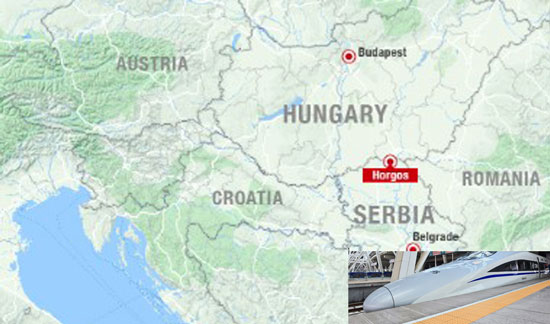Colombo – Sri Lanka, which has borrowed heavily from China, faces a massive financial crisis. Sri Lanka’s foreign exchange reserves have fallen sharply, with only three months’ worth of foreign reserves remaining. This has led Sri Lanka to impose restrictions on imports of various commodities. According to some reports, Sri Lanka also has no money to repay the loan instalments and fears that Sri Lanka’s foreign debt will increase to $29 billion in the next five years.
 A few days ago, Sri Lanka‘s Petroleum Minister Udaya Gammanpila had stated that the country did not have enough money to pay for fuel oil imports. Also, a month ago, Finch, an international credit rating agency, downgraded the Sri Lankan grading to CCC. The CCC indicates that Sri Lanka is more likely to default in the case of loan repayments. Last month, it was announced that $1 billion in foreign exchange reserves would be used to ease investor concerns about Sri Lanka’s default. Sri Lanka’s central bank had also said that the country’s foreign exchange reserves stood at $4 billion. There are now reports that Sri Lanka has enough foreign exchange reserves to last for the next three months. This year, Sri Lanka needs $3.7 billion to repay its Chinese debt. Of this, 1.3 billion has been paid by Sri Lanka. But apart from that, the local debt burden is also there on the Sri Lankan economy.
A few days ago, Sri Lanka‘s Petroleum Minister Udaya Gammanpila had stated that the country did not have enough money to pay for fuel oil imports. Also, a month ago, Finch, an international credit rating agency, downgraded the Sri Lankan grading to CCC. The CCC indicates that Sri Lanka is more likely to default in the case of loan repayments. Last month, it was announced that $1 billion in foreign exchange reserves would be used to ease investor concerns about Sri Lanka’s default. Sri Lanka’s central bank had also said that the country’s foreign exchange reserves stood at $4 billion. There are now reports that Sri Lanka has enough foreign exchange reserves to last for the next three months. This year, Sri Lanka needs $3.7 billion to repay its Chinese debt. Of this, 1.3 billion has been paid by Sri Lanka. But apart from that, the local debt burden is also there on the Sri Lankan economy.
Sri Lanka is seeking help from India and China to recover from its dwindling foreign exchange reserves crisis. Moreover, the value of the Sri Lankan currency has fallen sharply compared to other major currencies in the world, making it expensive for Sri Lanka to repay the loan. In August last year, Sri Lanka exchanged $400 million in currency swaps with India. Whereas $1.5 billion was swapped with China in the current year.
However, the situation is getting more challenging for Sri Lanka. The declining foreign exchange reserves and increased debt burden have added to Sri Lanka’s worries. This has led to a ban on importing more than a hundred items, including sugar, toothbrushes and vinegar, into Sri Lanka. It has become mandatory to obtain a license to import these goods. Imports of various chemicals, vehicles and spices also have been reduced. This has resulted in a reduction in the supply of goods in Sri Lanka. The shortage of many consumer goods has led to a sharp rise in their prices. There also have been reports of protests in Sri Lanka.
Moreover, the Coronavirus pandemic has adversely affected Sri Lanka’s tourism industry. Sri Lanka gets a large share of its foreign exchange from tourism. It also creates 3 million jobs in the sector. The tourism sector accounts for 5% of Sri Lanka’s total GDP. Therefore, the recession in the industry has broken Sri Lanka’s back. A terrorist attack on Easter Sunday in Sri Lanka in 2019 killed more than 250 people. After that, the tourists turned their backs on Sri Lanka. Since then, Sri Lanka’s tourism business has not recovered, ever since. The Coronavirus pandemic further complicated the situation.
About 10 per cent of the total foreign debt burden on Sri Lanka is borrowed from China. Other loans have been taken from the international market. The current Gotabaya Rajapaksa and Mahinda Rajapaksa brothers’ government in Sri Lanka is known for their pro-China policies. During Mahinda Rajapaksa’s presidency, Sri Lanka had been forced to lease its port of Hambantota to a Chinese company for 99 years, to repay an expensive loan taken from China. Hereafter, the Maithripala Sirisena government attached more importance to relations with India. Although Rajapaksa, who returned to power, has pursued a policy of balancing India-China relations, Rajapaksa still seems to be leaning towards China.











